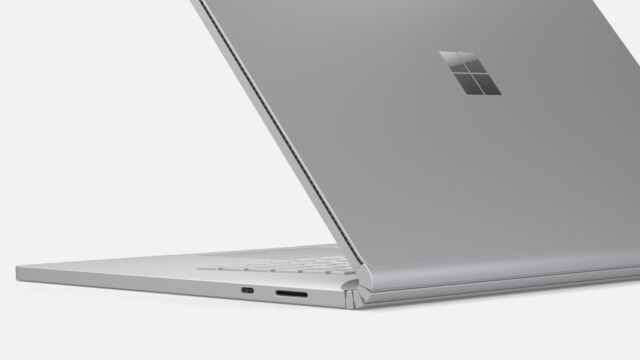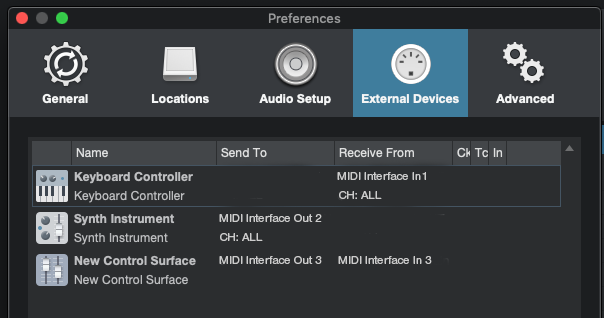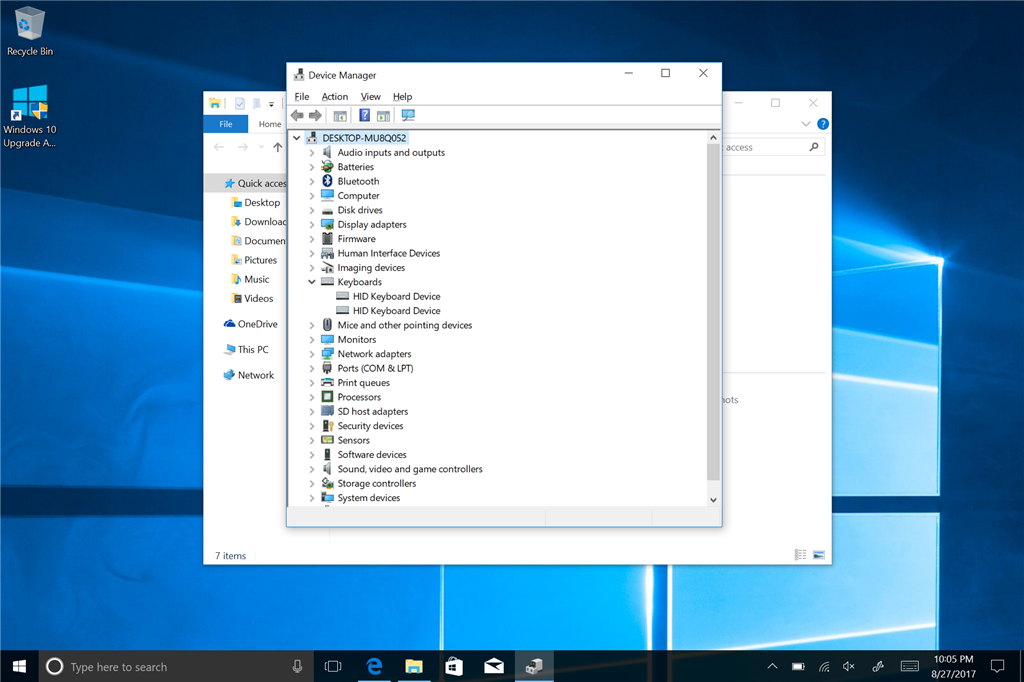
- How To Install Surface Type Cover Filter Device Driver Epson
- How To Install Surface Type Cover Filter Device Drivers
Remove the driver and click 'uninstall driver software' if it gives you the option (if not, don't worry about it). Then be sure to reboot, check for updates, and run all of them. There was recently a firmware update that caused a some of the type cover drivers to disappear. First, be sure to have a valid internet connection as this method will download drivers from Microsoft. Go to Control Panel Hardware and Sound Devices and Printers Open the Properties of 'Surface Type Cover' and select the Hardware tab. From this tab, open the properties of each associated device. Reinstall the Surface Type Cover driver If shutting down doesn't fix the problem, try reinstalling the driver for your Surface Type Cover. In the search box on the taskbar, type device manager, and select Device Manager in the results. Expand Keyboards. Right-click Surface Type Cover Filter Device. Select Uninstall OK. Whenever it was connected, either it'd cause the Surface to sleep (as soon as it was connected), or the trackpad would stop working. I decided to update all the drivers/firmware via the Surface Pro 3 MSI. Windows Updates claims to be up to date. Device Manager states that the Type Cover driver is missing. Where exactly do I get the driver for this?
I have tried downloading drivers from the Windows website. I have tried booting with the power+volume up AND IT WORKS IN THAT UEFI MENU but doesn't work after exiting. I have manually updated the HID Keyboard Device to both the 'Surface Type Cover Filter Device' and the 'Surface Touch Cover Filter Device' and neither worked. I'm out of ideas.
i have a surface pro 3 with a type cover 4 (i got the surface pro4 type cover) running windows 10 and the type cover is no longer being recognized out of the blue.
I have tried many troubleshooting methods, but none have worked so far.
I opened device manager and i noticed the only keyboard category driver i have is the HID Keyboard. Looking in other threads on this issue, it seems i should have a driver for 'Surface Type Cover Filter Device' or for 'Surface Type Cover'
Does anyone know where i can find the driver for the type cover 4?
Troubleshooting steps i already initiated and none of them have worked so far:
* unclicked and reclicked the keyboard many times, while connected to the internet
* did a two button shutdown/reboot
* brought the computer up to date on windows update, did reboots, shutdowns, nothing
* reset the laptop (while maintaining all data) and then installed windows updates again + some more reboots
* installed the latest 'SurfacePro3_Win10_10586_1702002_0.msi' drivers & firmware pack for surface pro3 from Download Surface Pro 3 from Official Microsoft Download Center
* *tried* to install the latest 'SurfacePro4_Win10_15063_1702001_0.msi' drivers & firmware pack for surface pro4 from Download Surface Pro 4 Drivers and Firmware from Official Microsoft Download Center but it did not work since i have the surface pro 3
i cannot get the driver to show up anymore, and given that i never uninstalled or deleted it, i don't know what else i can do.
I am traveling and don't have access to a microsoft store to purchase a new keyboard so i am stuck and i would appreciate any help in further troubleshooting or locating the proper driver for the keyboard.
thanks in advance!
 -->
-->How you manage Surface driver and firmware updates varies depending on your environment and organizational requirements. On Surface devices, firmware is exposed to the operating system as a driver and is visible in Device Manager. This enables device firmware and drivers to be automatically updated using Windows Update or Windows Update for Business. Although this simplified approach may be feasible for startups and small or medium-sized businesses, larger organizations typically need IT admins to distribute updates internally. This may involve comprehensive planning, application compatibility testing, and piloting and validating updates before final approval and distribution across the network.
Note
This article is intended for technical support agents and IT professionals and applies to Surface devices only. If you're looking for help to install Surface updates or firmware on a home device, see Update Surface firmware and Windows 10.
While enterprise-grade software distribution solutions continue to evolve, the business rationale for centrally managing updates remains the same: Maintain the security of Surface devices and keep them updated with the latest operating system and feature improvements. This is essential for sustaining a stable production environment and making sure that users aren't blocked from being productive. This article provides an overview of recommended tools and processes for larger organizations to accomplish these goals.
Central update management in commercial environments
Microsoft has streamlined tools for managing devices – including driver and firmware updates -- into a single unified experience that is named Microsoft Endpoint Manager admin center and is accessed from devicemanagement.microsoft.com.
Manage updates with Configuration Manager and Intune
Microsoft Endpoint Configuration Manager allows you to synchronize and deploy Surface firmware and driver updates with the Configuration Manager client. Integration with Microsoft Intune lets you see all your managed, co-managed, and partner-managed devices in one place. This is the recommended solution for large organizations to manage Surface updates.

For detailed steps, see the following resources:
Manage updates with Microsoft Deployment Toolkit
The Microsoft Deployment Toolkit (MDT) is included in Endpoint Configuration Manager. It contains optional deployment tools that you may want to use, depending on your environment. These include the Windows Assessment and Deployment Kit (Windows ADK), Windows System Image Manager (Windows SIM), Deployment Image Servicing and Management (DISM), and User State Migration Tool (USMT). You can download the latest version of MDT from the Microsoft Deployment Toolkit download page.
For detailed steps, see the following resources:
Surface driver and firmware updates are packaged as Windows Installer (*.msi) files. To deploy these Windows Installer packages, you can use Endpoint Configuration Manager or MDT. For information about how to select the correct .msi file for a device and operating system, refer to the guidance in the following sections about downloading .msi files.
For instructions about how to deploy updates by using Endpoint Configuration Manager, see Deploy applications with Configuration Manager. For instructions about how to deploy updates by using MDT, see Deploy a Windows 10 image using MDT.
WindowsPE and Surface firmware and drivers
Endpoint Configuration Manager and MDT both use the Windows Preinstallation Environment (WindowsPE) during the deployment process. WindowsPE supports only a limited set of basic drivers such as those for network adapters and storage controllers. Drivers for Windows components that are not part of WindowsPE might produce errors. As a best practice, you can prevent such errors by configuring the deployment process to use only the required drivers during the WindowsPE phase.
Endpoint Configuration Manager
Starting in Endpoint Configuration Manager, you can synchronize and deploy Microsoft Surface firmware and driver updates by using the Configuration Manager client. For additional information, see KB 4098906, How to manage Surface driver updates in Configuration Manager.
Supported devices
Downloadable .msi files are available for Surface Pro 2 and later devices (except Surface Pro X which runs Windows 10 on ARM).
Managing firmware with DFCI

By having Device Firmware Configuration Interface (DFCI) profiles built into Intune (now available in public preview), Surface UEFI management extends the modern management stack down to the UEFI hardware level. DFCI supports zero-touch provisioning, eliminates BIOS passwords, provides control of security settings (including startup options and built-in peripherals), and lays the groundwork for advanced security scenarios in the future. For more information, see the following articles:
- Ignite 2019: Announcing remote management of Surface UEFI settings from Intune.
Best practices for update deployment processes
To maintain a stable environment, we strongly recommend that you maintain parity with the most recent version of Windows 10. For best practice recommendations, see Build deployment rings for Windows 10 updates.
Downloadable Surface update packages
Specific versions of Windows 10 have separate .msi files, each containing all the required cumulative driver and firmware updates for Surface devices. Update packages may include some or all the following components:
- Wi-Fi and LTE
- Video
- Solid state drive
- System aggregator module (SAM)
- Battery
- Keyboard controller
- Embedded controller (EC)
- Management engine (ME)
- Unified extensible firmware interface (UEFI)
Downloading .msi files
Browse to Download drivers and firmware for Surface on the Microsoft Download Center.
Select the .msi file name that matches the Surface model and version of Windows. The .msi file name includes the minimum supported Windows build number that's required to install the drivers and firmware. For example, refer to the following figure. To update a Surface Book 2 that has build 18362 of Windows 10, choose SurfaceBook2_Win10_18362_19.101.13994.msi. For a Surface Book 2 that has build 16299 of Windows 10, choose SurfaceBook2_Win10_16299_1803509_3.msi.
Figure 1. Downloading Surface updates
Surface .msi naming convention
Since August 2019, .msi files are using the following naming convention:
- ProductWindows releaseWindows build numberVersion numberRevision of version number (typically zero).
Example
- SurfacePro6_Win10_18362_19.073.44195_0.msi
This file name provides the following information:
- Product: SurfacePro6
- Windows release: Win10
- Build: 18362
- Version: 19.073.44195 – This shows the date and time that the file was created, as follows:
- Year: 19 (2019)
- Month and week: 073 (third week of July)
- Minute of the month: 44195
- Revision of version: 0 (first release of this version)
How To Install Surface Type Cover Filter Device Driver Epson
Legacy Surface .msi naming convention
Legacy .msi files (files that were built before August 2019) followed the same overall naming formula but used a different method to derive the version number.
Example
- SurfacePro6_Win10_16299_1900307_0.msi
This file name provides the following information:
- Product: SurfacePro6
- Windows release: Win10
- Build: 16299
- Version: 1900307 – This shows the date that the file was created and its position in the release sequence, as follows:
- Year: 19 (2019)
- Number of release: 003 (third release of the year)
- Product version number: 07 (Surface Pro 6 is officially the seventh version of Surface Pro)
- Revision of version: 0 (first release of this version)
Learn more
How To Install Surface Type Cover Filter Device Drivers
- Ignite 2019: Announcing remote management of Surface UEFI settings from Intune.